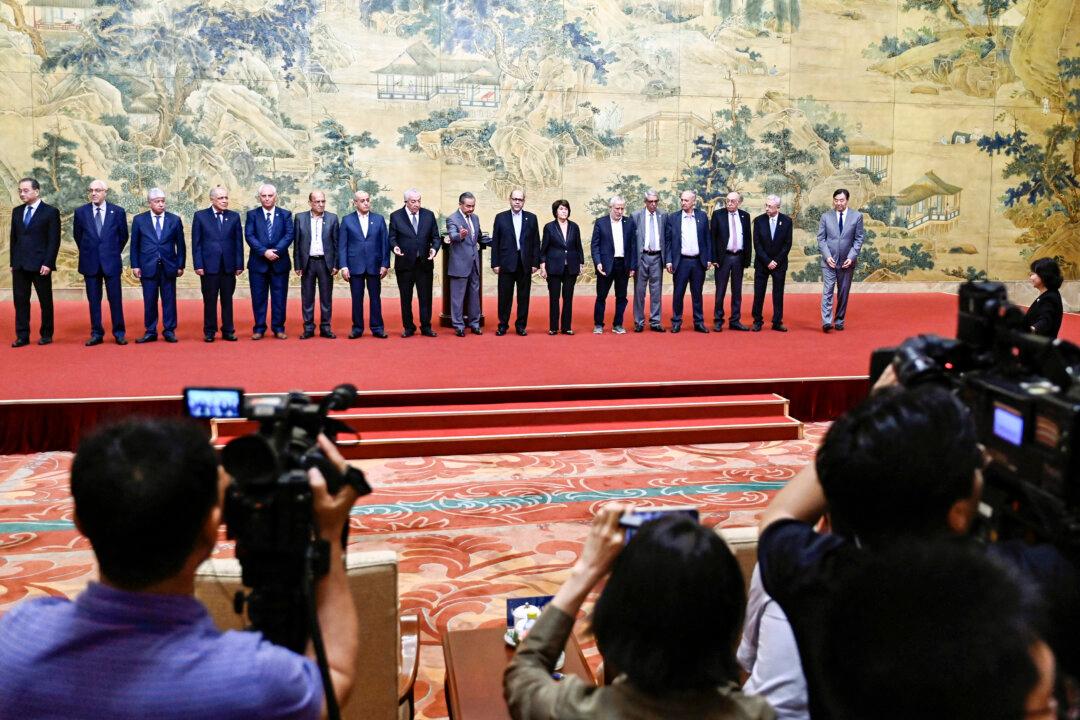Commentary
The arrest of Huawei CFO Meng Wanzhou in Vancouver last December for allegedly violating U.S. sanctions against Iran confirmed what experts in the telecom industry, some members of Congress, and the U.S. defense establishment have long suspected: Huawei and its subsidiaries represent a tangible threat to the United States.





